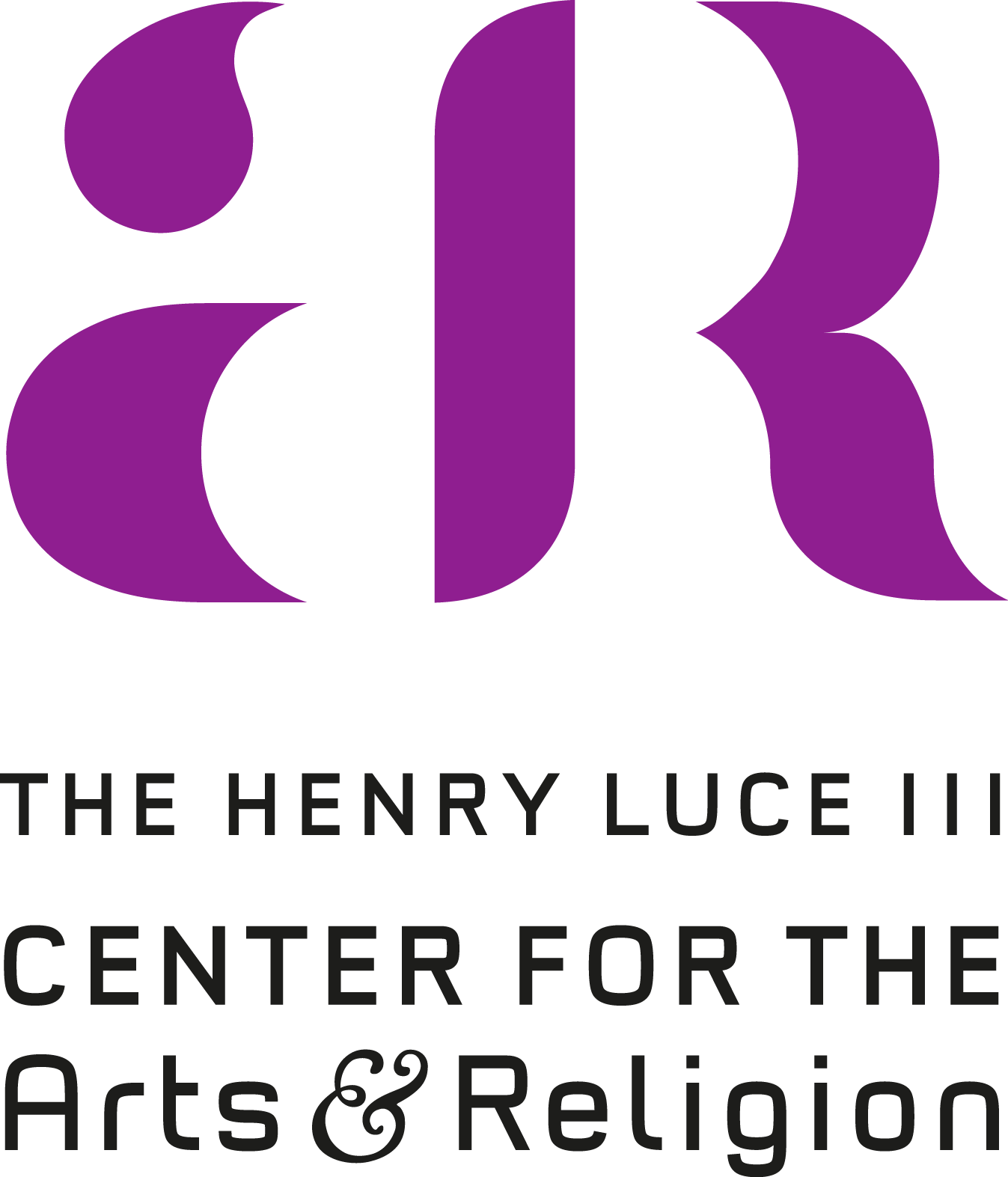Sheila Waters
The Grandeur of God, 2001
16 x 22”
Stick ink, gouache, and gilding on calfskin vellum
The balance of tradition and innovation—“disciplined freedom”—lies at the heart of Sheila Waters’s creative practice. Waters received her early training in calligraphy under some of the leading practitioners of her time—including Dorothy Mahoney, a student of Edward Johnston. During her studies, she spent time in the British Library, where she carefully copied by hand pages from the Lindisfarne Gospels and illuminated Gothic manuscripts. In her calligraphic rendering of these words of Irish Jesuit Gerard Manley Hopkins, she uses the discipline and skill of her tradition to innovate in new ways, not only writing the poem but visually responding to its words.
As Abts’s companion essay on Hopkins explains, his poetry (and Waters’s rendering of it) cannot be understood apart from its structure and sound. “God’s Grandeur” is a Petrarchan sonnet, a poetic form consisting of 14 lines which follows a strict rhyme scheme and normally includes a volta—a rhetorical shift between lines 8 and 9 (often marked visually as a stanza break). Many of Hopkins’s best-known poems are written in this style, and the Victorian poet was especially fond of utilizing the volta to register a shift in thought from the earthly to the spiritual. “God’s Grandeur” is one such poem. The octet explores a fundamental paradox at the heart of created existence: the world is “charged” with God’s grandeur, but human beings have become blind to the wonder of divine disclosure through their endless consumption of earth’s resources. In the sestet, the poet turns his attention to the renewing power of the Holy Spirit, who sustains and vitalizes the world even in the midst of its self-destruction.
Understanding how Hopkins uses the Pertrarchan form helps us see the significance of layout in Waters’s piece. Rather than copy the visual format of this sonnet as it might be printed in a book, reproducing the first eight lines as one stanza and the last six as another, Waters plays with line and stanza breaks to heighten the expressive intensity of the poem. She combines her playful layout with multiple scripts, each one mimetically registering a different turn of thought in the poem’s sequence. This is especially pronounced in the artist’s interpretation of the opening quatrain, which occupies the top third of the page. The calligrapher splits the poem’s first line across two levels, with simple narrow capitals skillfully inscribed above the decorated letters forming the phrase “Grandeur of God.” Though the poem’s title appears at the bottom of the page, this color band of insular illuminated letters effectively titles Waters’s work.
In the next line, the artist employs an unusual sharp Italic script so tightly controlled as to appear entirely free: each carefully executed stroke of the pen and each decorative gold shard gives the impression that the words themselves are shaking like the “shook foil” in Hopkins’s poem. The elongated letters in this line provide a striking contrast with the compacted script in the next, which corresponds to Hopkins’s imagery of oil oozing (note the two ‘o’ letters crushed together) from crushed olives. Here Waters takes liberties with the poet’s original text. She replaces the line break between “oil” and “crushed” with an em-dash—presumably because this reinforces the visual aesthetic of the script she employs in this line. (We might also note the insertion of a parenthetical “[olive oil]” written in tiny text—likely the correct understanding of the “oil” reference, but not in the poem itself.)
Finally, she closes the opening quatrain by returning to simple upright capitals to pose the octet’s central question: “Why do men then now not reck his rod?”
Waters continues to play with the expressive meaning of form and script as she goes on to interpret lines 5–14. Here, the layout of her poem departs significantly from the Petrarchan sonnet, for Waters places the second quatrain side-by-side with the sestet. In doing so, she brings the contrast between human destruction and divine regeneration into sharp relief—a contrast made all the more prominent in the juxtaposition of sharp, harsh pointed Italic script for lines 5–8, and warm, rounded uncials for lines 6–14. Here, the line break becomes a vertical column separating the Gothic quatrain (at left) from the uncial sestet (at right). Waters explains that the heavy script on the left evokes the Industrial Revolution’s horrors; by extension, the uncials evoke the early medieval world of the Lindisfarne Gospels and other Latin Bibles. At the left, the capitals are smudged with dark brown and black colored pencils, evoking coal, while at right the capitals’ hints of color allude back to the rainbowed “GRANDEUR OF GOD” at top.
Waters’s “disciplined freedom” allows her to use the full array of modernized medieval letterforms in the service of a contemporary, fresh engagement with Hopkins’s poem. Here the freedom is not some tacked-on addition to the discipline, but enabled by the discipline—the discipline of mastering a wider variety of scripts, of technically precise letterforms, and of carefully decorated Roman capitals hearkening back to the Book of Kells.
—Abts/Homrighausen
Further reading:
Conversation with Sheila Waters for the Heritage Crafts Association, UK
Waters, Sheila. Sheila Waters at Eighty: A Retrospective. Gaithersburg, MD: Waters Letterforms, 2012.
———. Foundations of Calligraphy. 2nd edition. Greensboro, NC: John Neal Bookseller, 2006.
Read more:
Poetic Form and Calligraphic Form
Devon Abts





